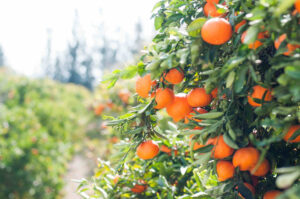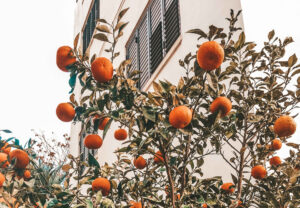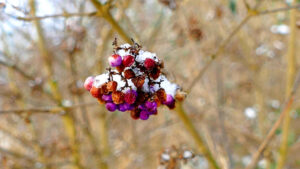You may have read or heard about chill hours and what the term actually means when it comes to fruit trees.
Often times, chill hour requirements for different fruit trees are included in the product description attached to the tree.
But why are they important and how do you know if you have enough? Let’s go over these and other related questions in more detail.
Table of Contents
Why Are Chill Hours Important?
It’s been long known that many fruit trees require exposure to at least some amount of cold temperatures during the winter in order to bear fruit the following season.
Fruit trees that drop their leaves and go dormant in the winter use accumulated chill hours to help them determine when to break dormancy.
Without sufficient chill hours, fruit trees may not produce any fruit at all and even if they do, the quality and quantity of fruit may suffer.
Identifying fruit tree cultivars with low chill requirements is especially important for areas with mild winters.
How Are Chill Hours Defined Exactly?
While the overall concept of chill hours is rather straightforward, there is no consensus about how to define and measure them. There are actually multiple models that try to account for required chill hours.
The two most common models go by either (i) the number of hours under 45°F or (ii) the number of hours between 32°F and 45°F.
That said, research has shown that the way a fruit tree goes about accumulating chill hours is more complex.
Significantly, there is no cut-off temperature that stays constant in all environments, and chill hour accumulation can be more or less effective depending on the temperature range. Some chill hours may still be accumulated above 45°F and there may be little or no chill hours at freezing temperatures below 32°F.
In practice, the two chill hour models are unlikely to contradict each other because climates with lots of hours below 32°F will usually also have more than enough hours between 32°F and 45°F.
Do All Fruit Trees Require Chill Hours?
Fruit trees with chill hour requirements include many deciduous fruit trees such as peaches, apples, almonds, pears, nectarines, plums, apricots, cherries, figs and pomegranates.
Importantly, chill hour requirements can vary even within the same fruit tree family. For example, one type of apple tree may require 800 chill hours while another apple tree cultivar might only need need 200 chill hours.
At the same time, it’s important to point out that there are also many fruit trees without a chill hour requirement. In particular, many tropical and subtropical trees (e.g. oranges, avocados, passion fruit, mangoes, bananas, etc.) never go dormant and do not require any chill hours. On the contrary, they may be vulnerable to low temperatures.
What Are Low Chill Hours vs High Chill Hours?
Delineating low chill hours vs. high chill hours is somewhat arbitrary. Typically, however, fruit trees that require under 300 chill hours would be considered low chill whereas fruit trees that require more than 800 chill hours would be considered high chill. Everything else in between would be considered an average level of chill hours.
How Many Chill Hours Are Required for My Fruit Tree?
Chill hour requirements can vary widely not only between different species of fruit trees but also across different varieties or cultivars.
The list below summarizes chill hours for some of the most popular fruit trees and shrubs.
Peach

August Pride Peach: 300 chill hours
Babcock Peach: 300 chill hours
Bonanza Miniature Peach: 250 chill hours
Desert Gold Peach: 200 chill hours
Donut Peach: 300 chill hours
Elberta Peach: 600 chill hours
Eva’s Pride Peach: 200 chill hours
Florda Prince Peach: 150 chill hours
Giant Babcock Peach: 500 chill hours
Honey Babe Miniature Peach: 400 chill hours
June Pride Peach: 500 chill hours
May Pride Peach: 200 chill hours
Mid Pride Peach: 250 chill hours
Pix Zee Miniature Peach: 400 chill hours
Red Baron Peach: 300 chill hours
Santa Barbara Peach: 300 chill hours
Snow Babe Peach: 400 chill hours
Nectarine
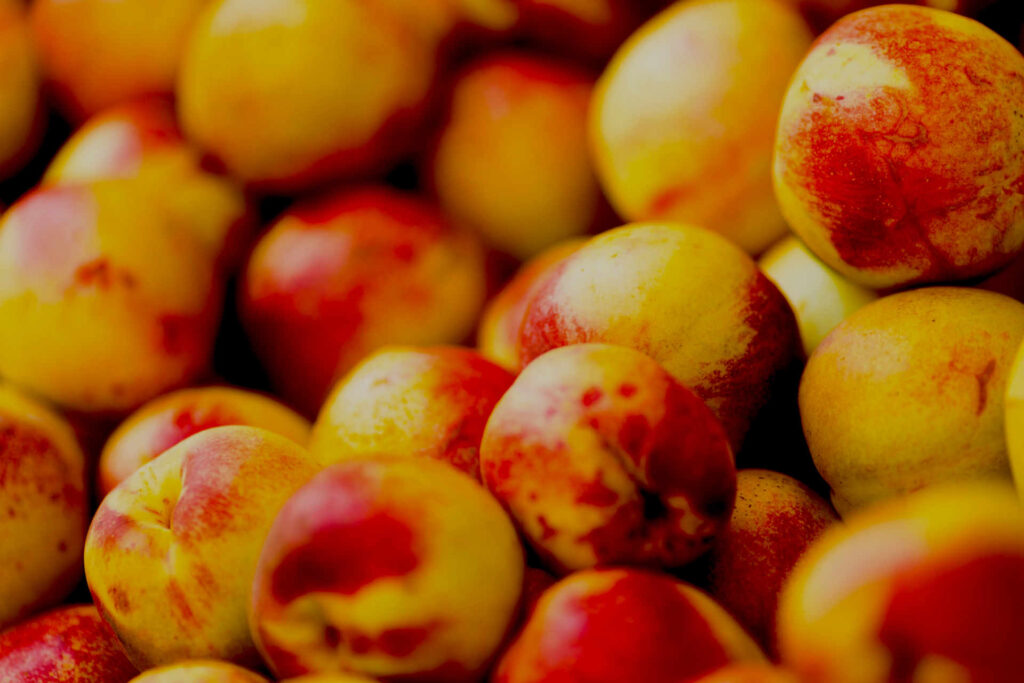
Arctic Babe Nectarine: 700 chill hours
Arctic Sprite Miniature Nectarine: 500 chill hours
Arctic Star Nectarine: 300 chill hours
Desert Delight Nectarine: 200 chill hours
Double Delight Nectarine: 300 chill hours
Goldmine Nectarine: 400 chill hours
Necta Zee Miniature Nectarine: 400 chill hours
Panamint Nectarine: 250 chill hours
Snow Queen Nectarine: 300 chill hours
Apple
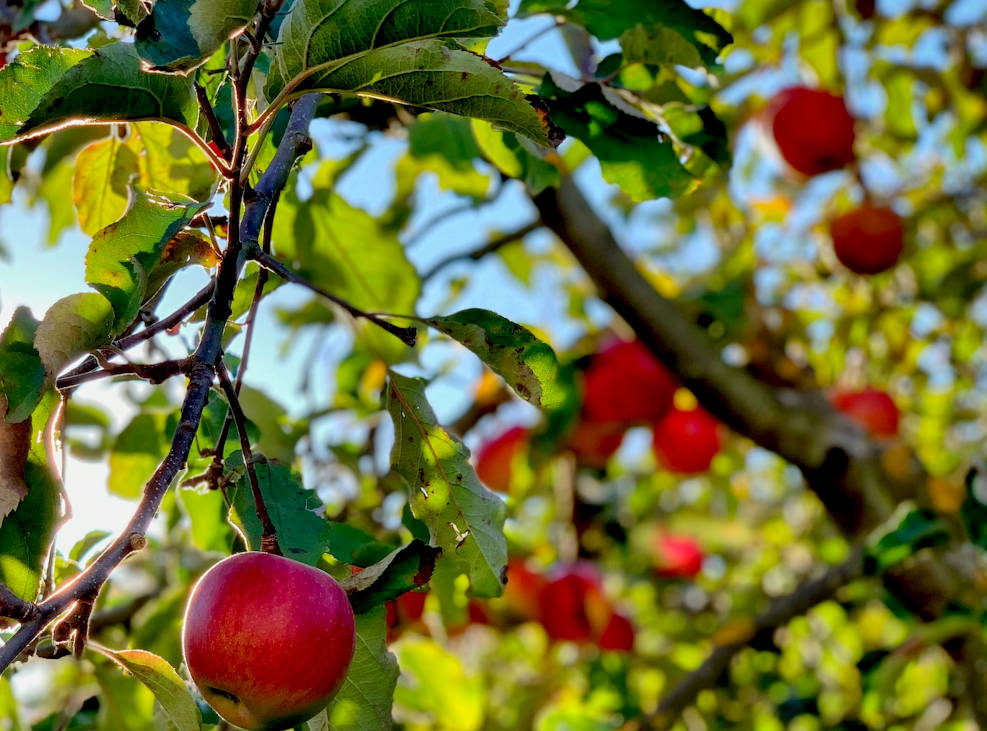
Ambrosia Apple: 700 chill hours
Anna Apple: 200 chill hours
Beverly Hills Apple: 300 chill hours
Braeburn Apple: 700 chill hours
Dorsett Golden Apple: 100 chill hours
Einsheimer Apple: 100 chill hours
Fuji Apple: 500 chill hours
Gala Apple: 500 chill hours
Golden Delicious Apple: 700 chill hours
Gordon Apple: 400 chill hours
Granny Smith Apple: 400 chill hours
Honeycrisp Apple: 1000 chill hours
Lady Williams Apple: 300 chill hours
McIntosh Apple: 900 chill hours
Pink Lady Apple: 400 chill hours
Pear
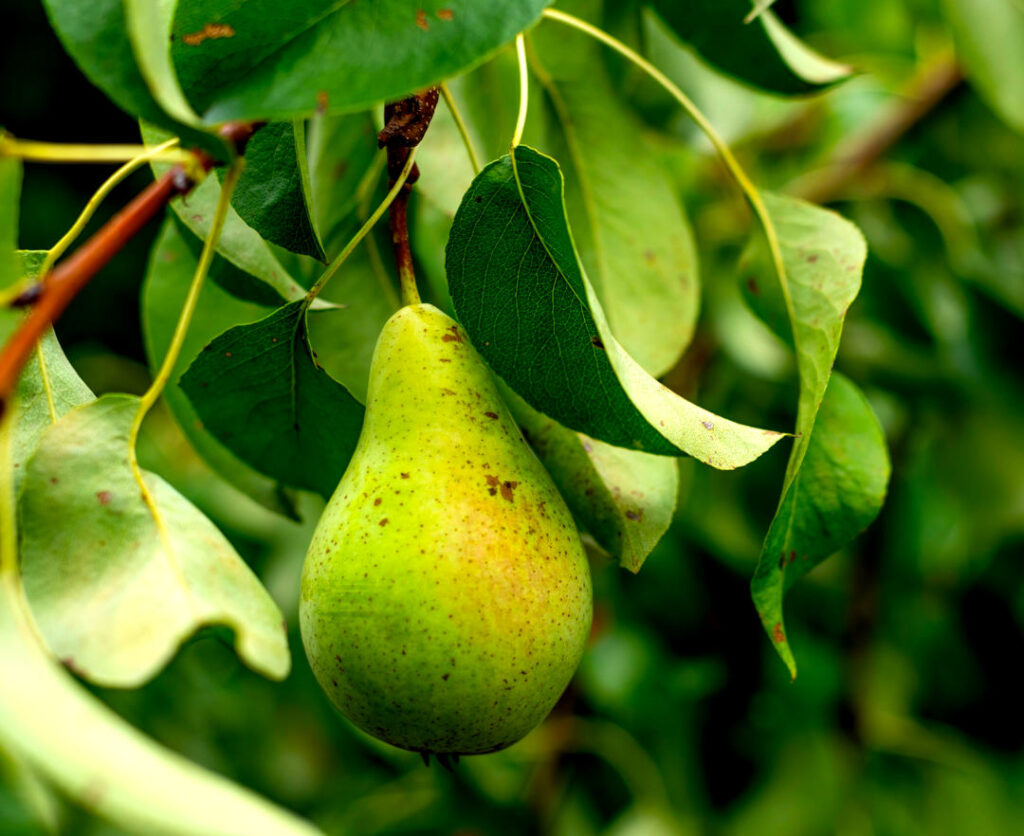
Bartlett Pear: 600 chill hours
Hood Pear: 200 chill hours
Kieffer Pear: 300 chill hours
Shinseiki Asian Pear: 300 chill hours
Cherry
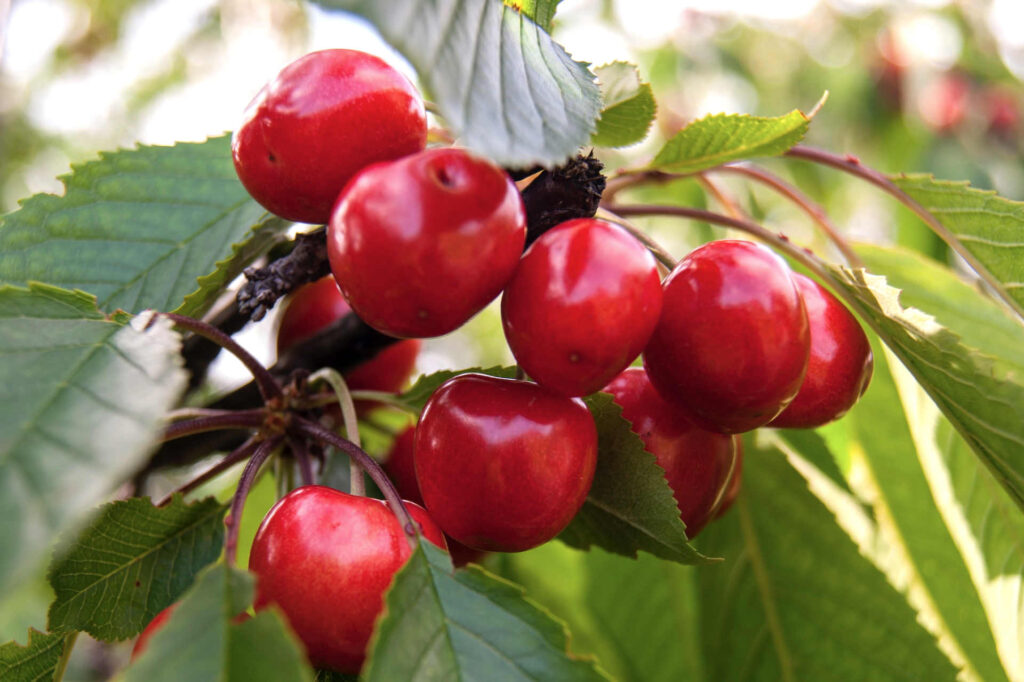
Bing Cherry: 700 chill hours
Black Tartarian Cherry: 700 chill hours
Lapins Cherry: 500 chill hours
Minnie Royal Cherry: 300 chill hours
Royal Crimson Cherry: 300 chill hours
Royal Lee Cherry: 300 chill hours
Royal Rainier Cherry: 500 chill hours
Stella Cherry: 400 chill hours
Plum
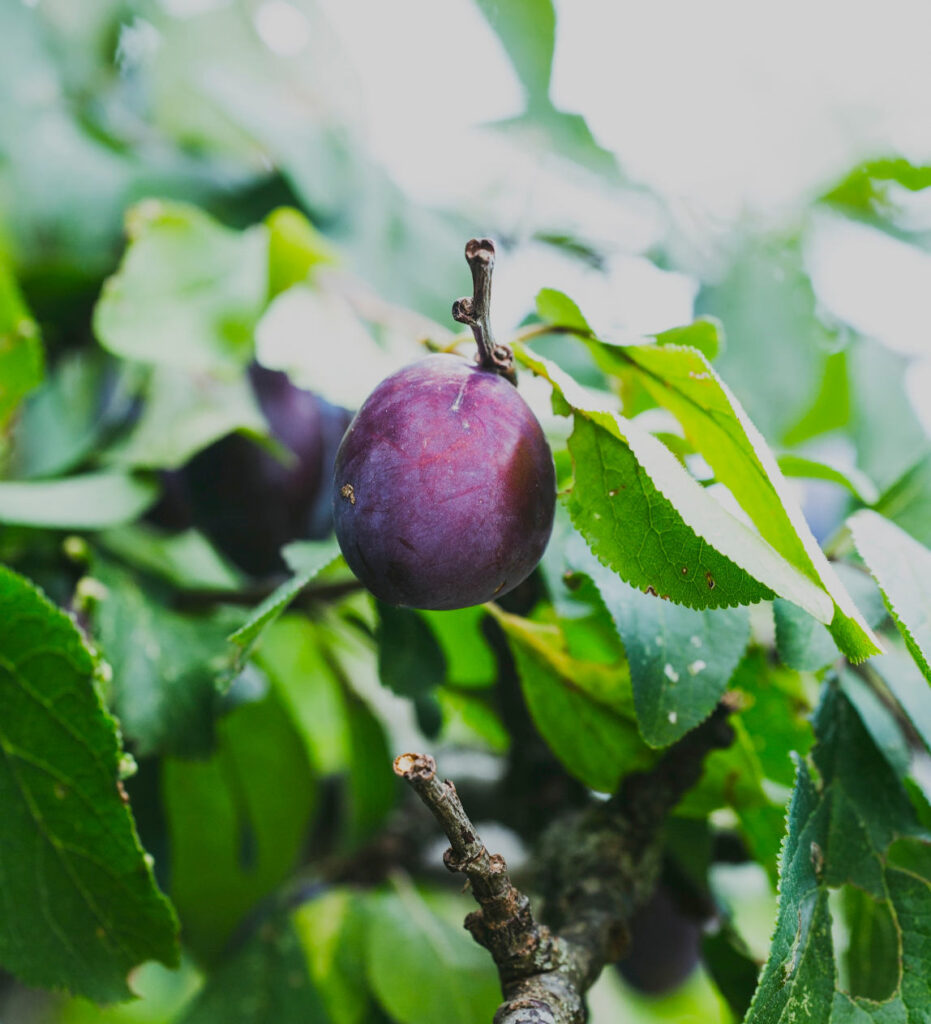
Burbank Plum: 400 chill hours
Burgundy Plum: 300 chill hours
Late Santa Rosa Plum: 400 chill hours
Santa Rosa Plum: 300 chill hours
Satsuma Plum: 300 chill hours
Weeping Santa Rosa Plum: 400 chill hours
Apricot
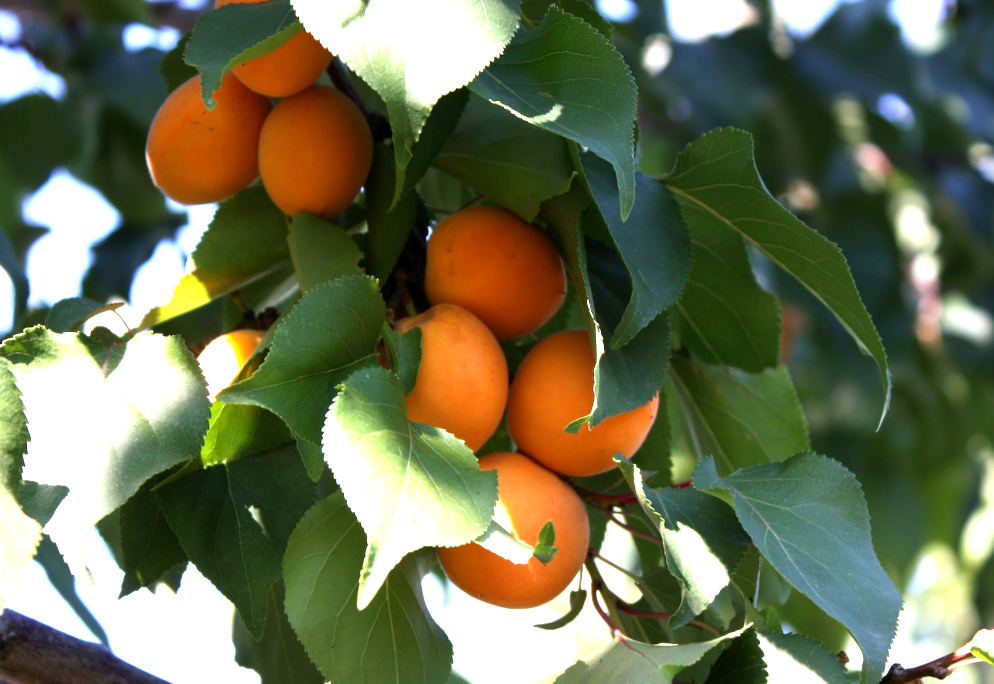
Blenheim Apricot: 400 chill hours
Gold Kist Apricot: 300 chill hours
Katy Apricot: 300 chill hours
Royal Rosa Apricot: 500 chill hours
Almond
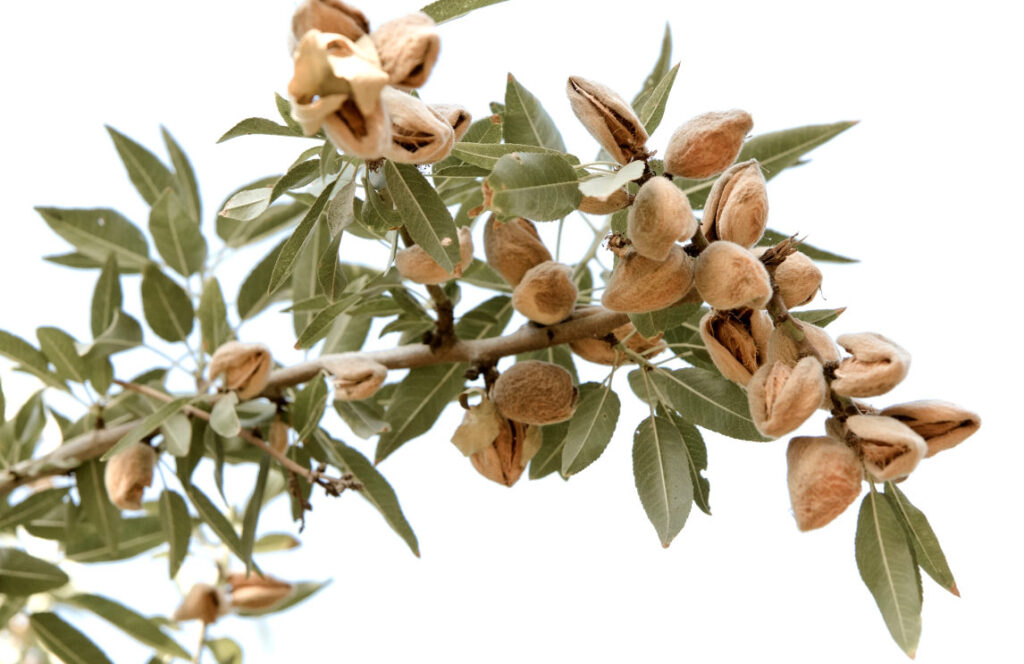
All-in-One Almond: 400 chill hours
Garden Prince Almond: 250 chill hours
Persimmon
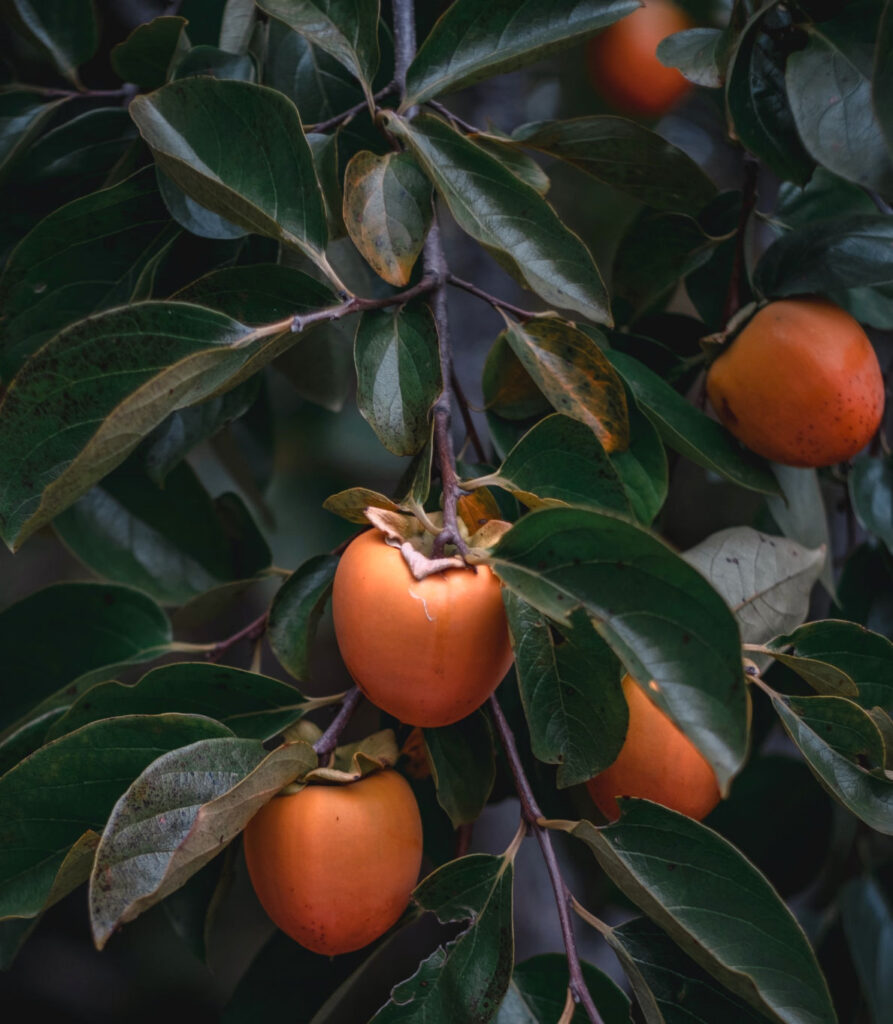
Fuyu Persimmon: 200 chill hours
Giant Fuyu Persimmon: 200 chill hours
Hachiya Persimmon: 200 chill hours
Izu Persimmon: 200 chill hours
Maru Persimmon: 200 chill hours
Jujube
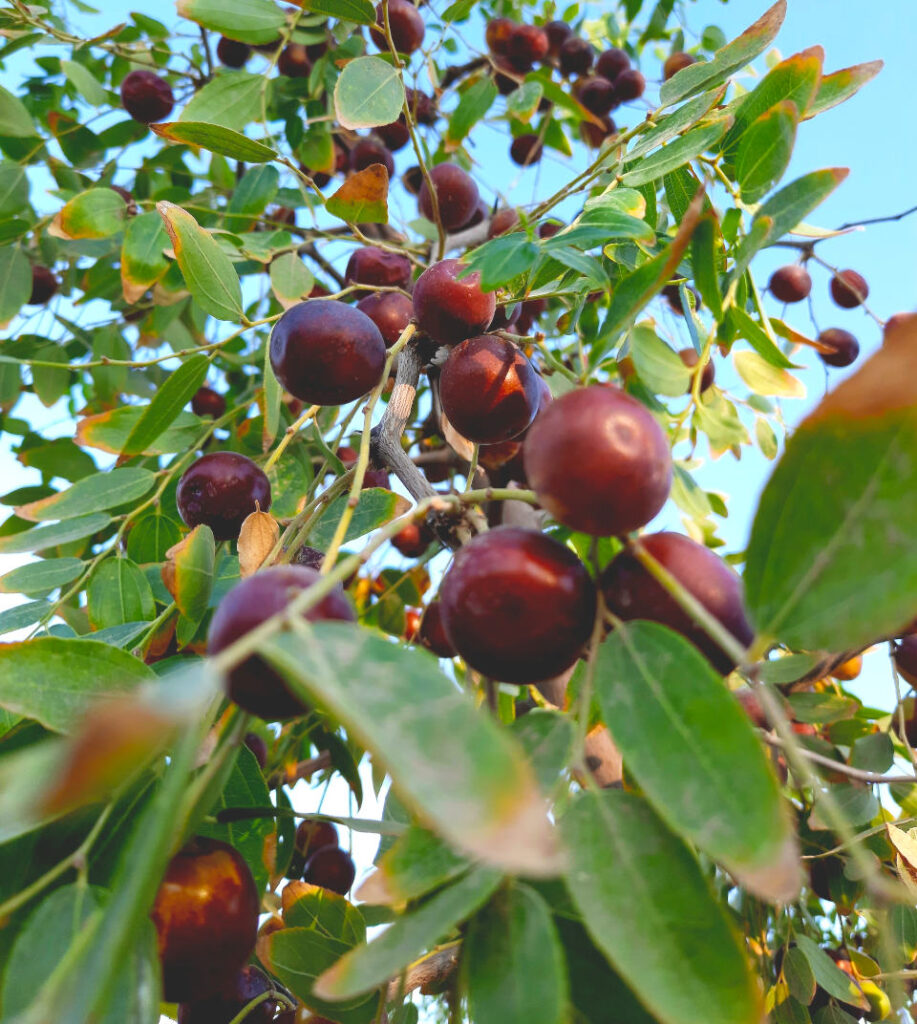
Lang Jujube: 150 chill hours
Li Jujube: 150 chill hours
Shanxi Li Jujube: 200 chill hours
Pistachio
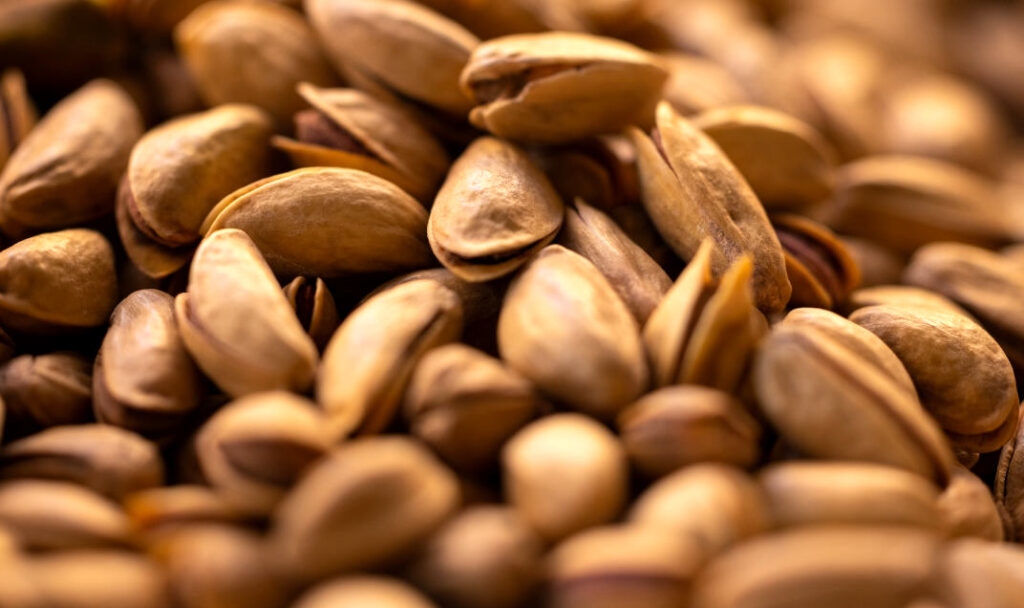
Kerman Pistachio: 800 chill hours
Peters Pistachio: 800 chill hours
Grape
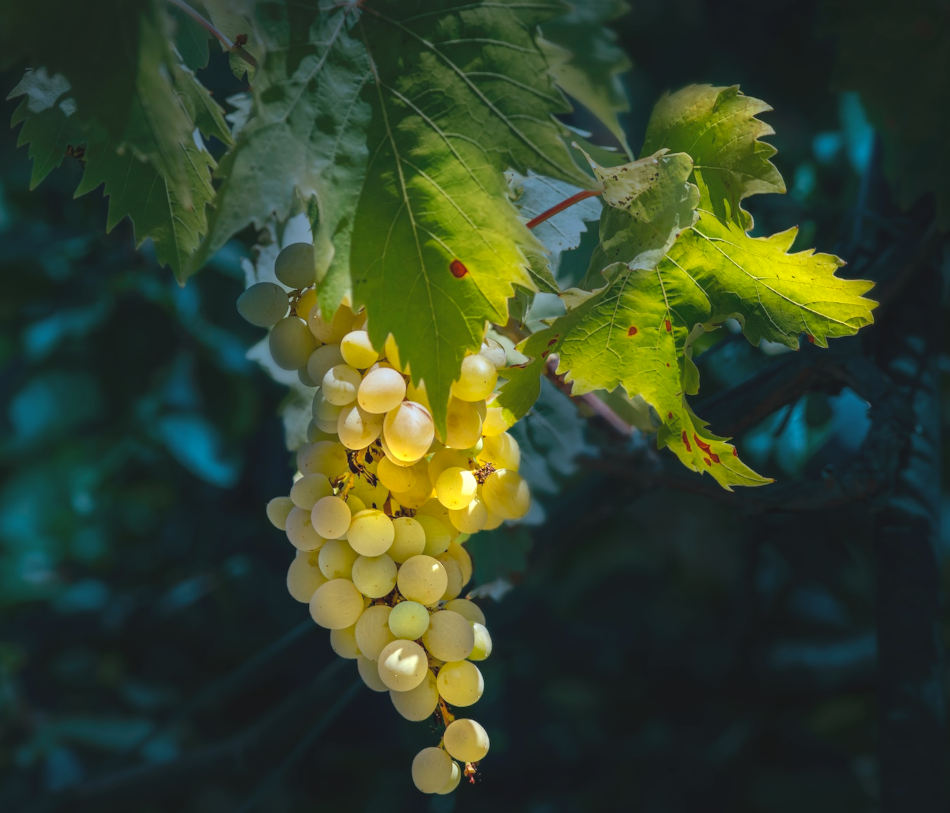
Concord Seedless Grape: 100 chill hours
Flame Seedless Grape: 100 chill hours
Thompson Seedless Grape: 100 chill hours
Blueberry
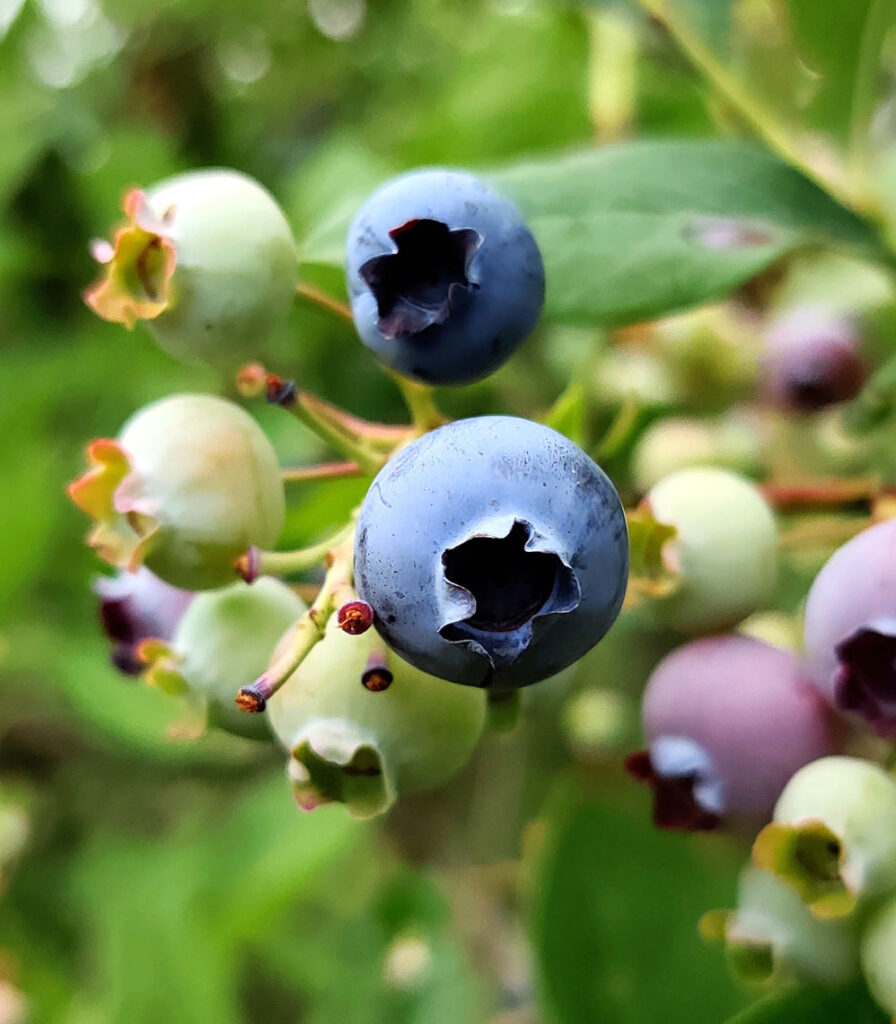
Blueberry Buckle: 350 chill hours
Bountiful Blue Blueberry: 200 chill hours
Emerald Blueberry: 250 chill hours
Jelly Bean Blueberry: 600 chill hours
Jewel Blueberry: 200 chill hours
Jubilee Blueberry: 500 chill hours
Misty Blueberry: 150 chill hours
O’Neal Blueberry: 200 chill hours
Peach Sorbet Blueberry: 300 chill hours
Pink Icing Blueberry: 500 chill hours
Pink Lemonade Blueberry: 300 chill hours
Sharpblue Blueberry: 200 chill hours
Southern Bluebelle Blueberry: 300 chill hours
Southmoon Blueberry: 300 chill hours
Sunshine Blue Blueberry: 150 chill hours
Blackberry
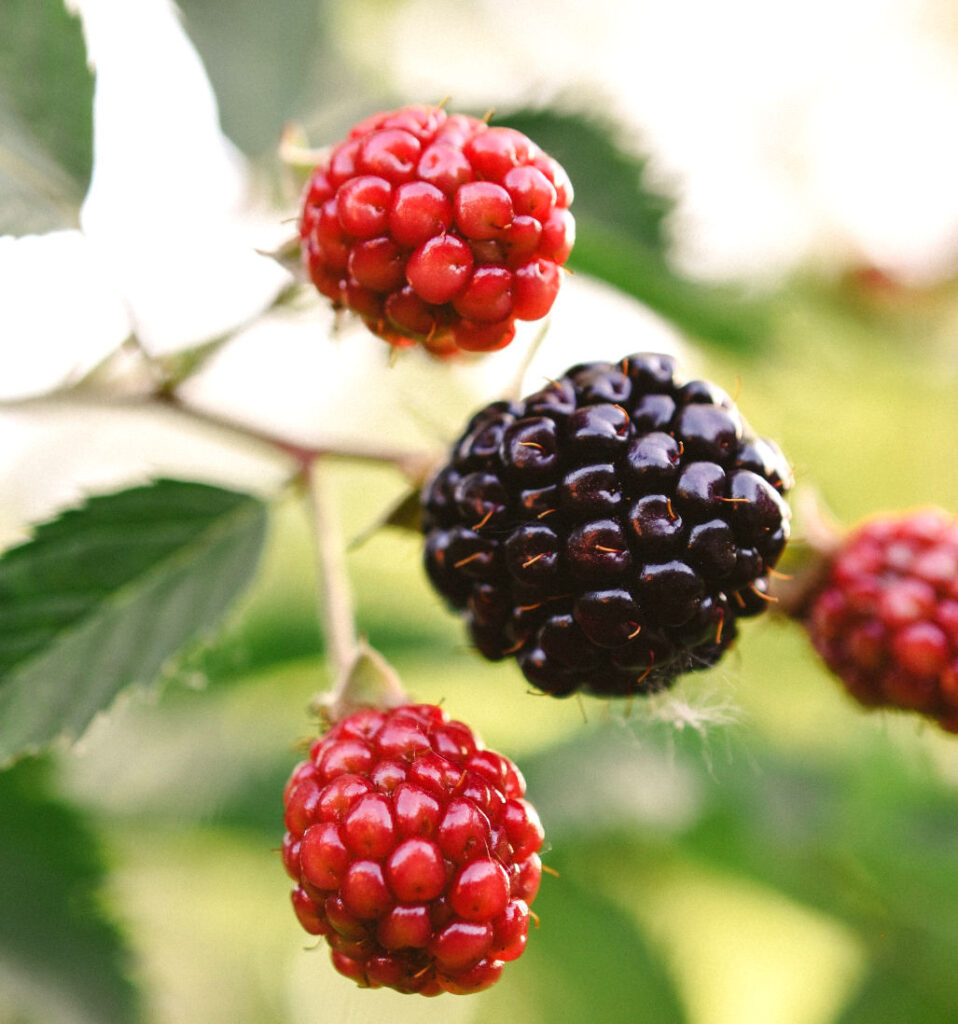
Baby Cakes Blackberry: 400 chill hours
Black Satin Blackberry: 450 chill hours
Navajo Blackberry: 800 chill hours
Triple Crown Blackberry: 450 chill hours
Raspberry
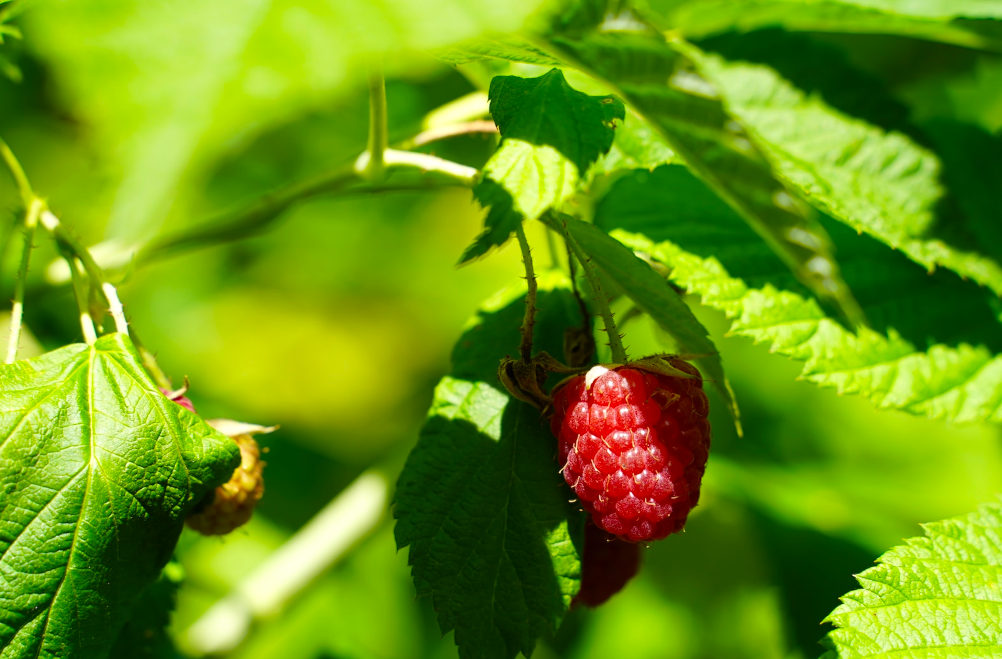
Raspberry Shortcake: 500 chill hours
Pomegranate
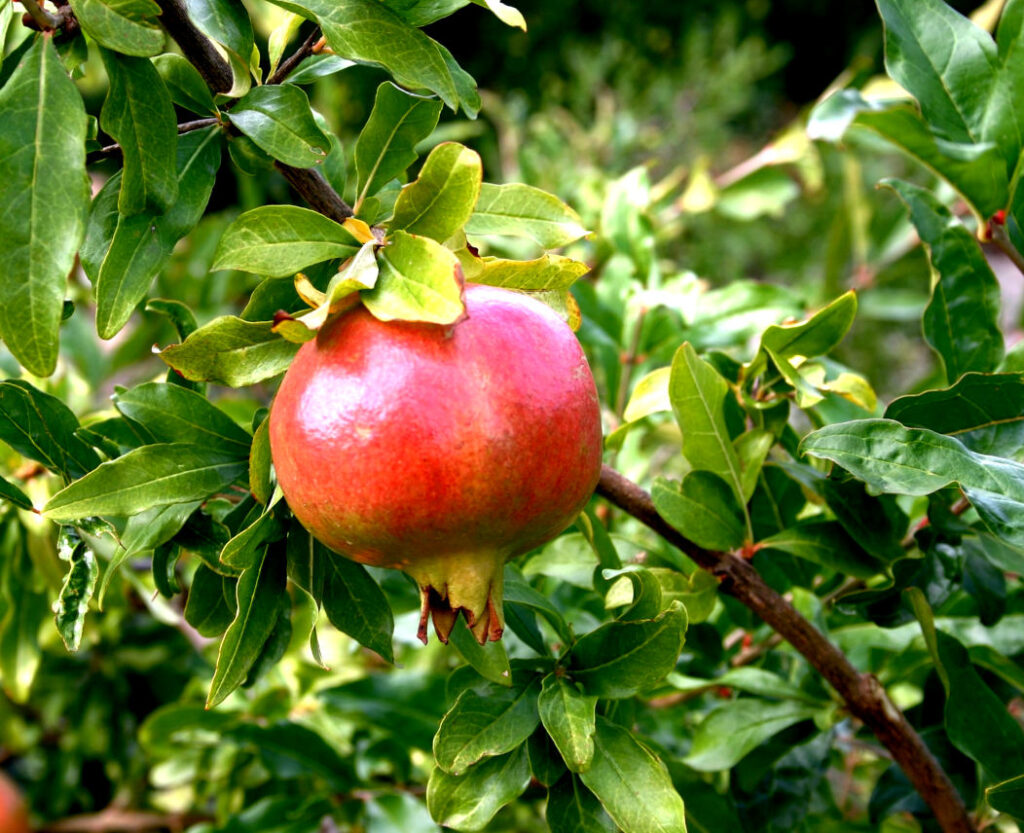
Angel Red Pomegranate: 200 chill hours
Ariana Pomegranate: 100 chill hours
Desertnyi Pomegranate: 200 chill hours
Eversweet Pomegranate: 150 chill hours
Grenada Pomegranate: 150 chill hours
Kashmir Pomegranate: 200 chill hours
Parfianka Pomegranate: 200 chill hours
Pink Satin Pomegranate: 200 chill hours
Red Silk Pomegranate: 200 chill hours
Sharp Velvet Pomegranate: 200 chill hours
Sweet Pomegranate: 100 chill hours
Wonderful Pomegranate: 150 chill hours
Fig
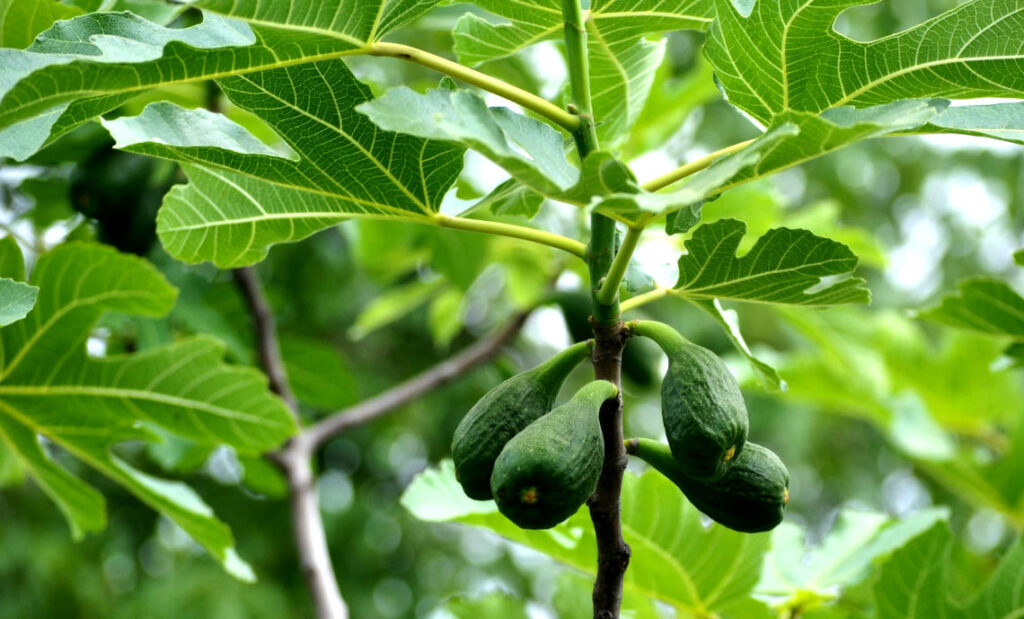
Black Jack Fig: 100 chill hours
Black Mission Fig: 100 chill hours
Brown Turkey Fig: 100 chill hours
Chicago Hardy Fig: 100 chill hours
Kadota Fig: 100 chill hours
Panache Tiger Fig: 100 chill hours
Violette of Bordeaux Fig: 100 chill hours
White Genoa Fig: 100 chill hours
Kiwi
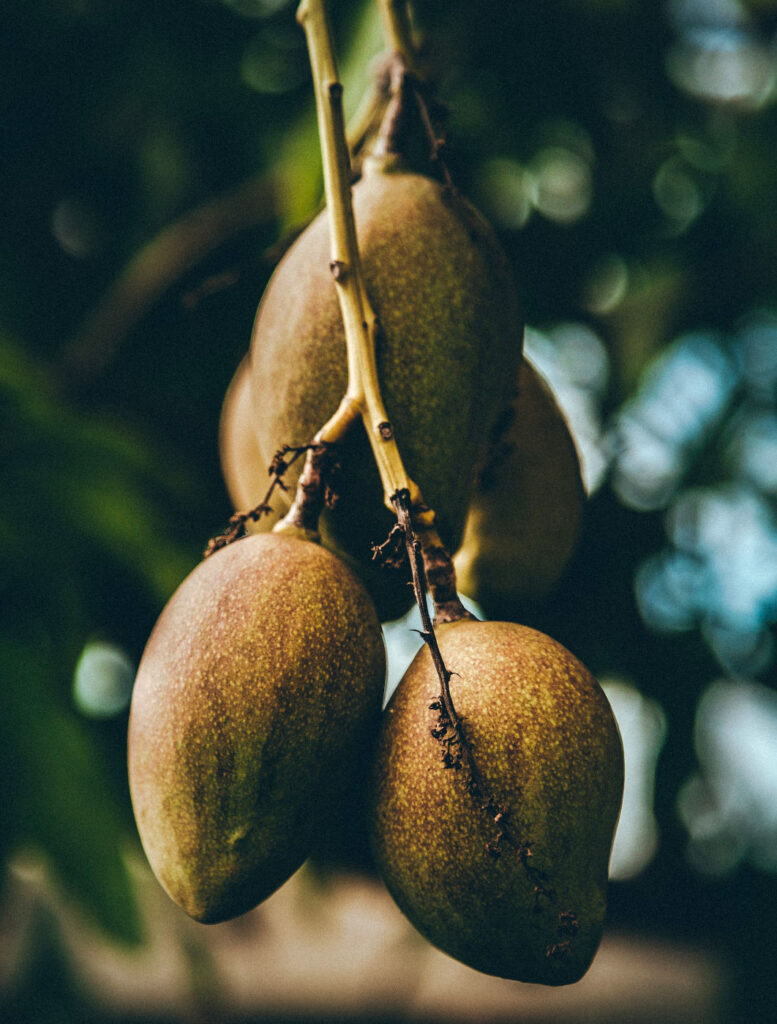
Jenny Kiwi: 100 chill hours
Vincent Kiwi: 100 chill hours
Issai Hardy Kiwi: 300 chill hours
Disclaimer: Research into chill hours is ongoing and some specimens may still produce fruit even below the listed ranges. In particular, many types of apple trees are becoming increasingly popular even outside the range where they are normally grown, including warm weather zones with relatively mild winters, such as Southern California. However, productivity may still be affected without exposure to the ideal range of chill hours.
How Do I Find Out the Amount of Chill Hours in My Area?
There is no central database that will list chill hours for all regions of the United States. Your best bet is to consult with your local nursery or local colleges. Some limited information may also be made available online.
Does Climate Change Affect Chill Hours?
Yes, climate change affects chills hours. As winters become milder in many areas of the United States, accumulated chill hours drop.
This is particularly problematic for transitional agricultural zones such as the Central Valley of California. Orchards in such areas will eventually have to switch from high-chill cultivars to fruit trees that require a lower number of chill hours.


